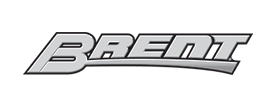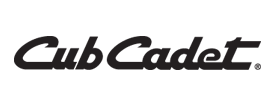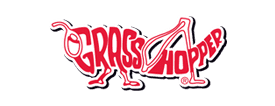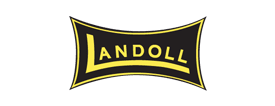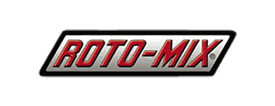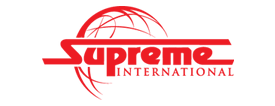In-Season Maintenance
Regular maintenance helps keep your mowing equipment out in the field and out of the shop. These general maintenance guidelines are intended to help you get peak performance and endurance from your mowing equipment throughout mowing season.
Always keep a log of all regular maintenance. Note when service was performed and replacement part numbers. An accurate log will help ensure proper timing of routine maintenance procedures and reduce the likelihood of equipment failure and downtime.
Consult all equipment service manuals for specific procedures, schedules and replacement parts lists. Use only Original Equipment Manufacturer (OEM) replacement parts, as OEM parts are designed to work in conjunction with specific systems.
Daily Maintenance
Before Use
- Visually inspect all parts and components for proper working condition and replace worn or damaged parts before operating. Adjust loose bolts, nuts and other components. Confirm all safety features are installed and functioning properly.
- Check engine oil level, and add oil as necessary. Inspect engine for oil leaks, and replace seals or gaskets, if necessary.
- Check radiator coolant level, and add pre-mixed coolant (50% coolant/50% water) as necessary. Inspect cooling system for leaks, and replace seals or hoses, if necessary.
- Remove debris from around engine and transmission.
- Check hydraulic hoses for leaks or signs of wear. Use extra caution when servicing systems that utilize separate pumps and wheel motors and high-pressure lines to avoid injury.
- Fill fuel tank with fresh fuel. Stale fuel can damage the engine.
- Clear debris from air filter housing. Do not clean pre-filter or pre-cleaner every day; a dirty filter is more efficient than a clean filter. Change air filter only if worn, engine loses power or at specified maintenance intervals as determined by the engine manufacturer.
NOTE: Do not use compressed air to clean the pre-filter or pre-cleaner. Compressed air can tear the filter paper, increasing the potential for larger particles pass through the engine intake and cause major engine damage.
- For air-cooled engines, remove debris from air intake screen and from around cooling fins. For liquid-cooled engines, remove debris from air intake screen, and thoroughly clean radiator fins using Grasshopper’s low-pressure Radiator Cleaning Wand.
- Inspect all belts for wear (knicks, fraying, warping), and adjust spring tension, if necessary. Consult operator’s manual for tension adjustment procedures.
After Use
- Blow away all debris from around mower deck, engine and transmission.
- Clean out underside of mower deck. Remove built up debris from around baffles and spindles.
NOTE: Pressurized water can infiltrate bearings and fittings, leading to increased wear and premature component failure.
- Visually inspect the mower. Adjust or replace worn parts, if necessary.
Weekly Maintenance
- Check transmission fluid level, and add fluid as necessary. Only change transmission fluid and filter at specified intervals as outlined in the equipment service manual.
- Inspect for engine oil, transmission fluid and radiator coolant leaks. If leaks are found, tighten fittings, and replace seals, gaskets and/or hoses – if necessary – before operating. Fluid leaks can cause catastrophic system failure and can also damage turfgrass.
- Ensure tires are properly inflated. Over- or under-inflated tires can have a significant impact on traction, maneuvering and cut quality. Remember that tire pressure can change significantly from the cool morning to the heat of the day.
- Sharpen blades. Dull blades reduce quality of cut, increase fuel consumption and cause turf damage. Do not straighten bent blades or add weight to blade tips; this can affect airflow and diminish cut quality. Discard and replace with OEM-specified replacement blades.
- Balance blades after sharpening to prevent vibration damage to mower deck.
Periodic Maintenance
- Clean spark plugs (if a spark ignition engine) and replace, if necessary.
- Change the engine oil and transmission fluid at prescribed service intervals.
- Replace inner air filter and pre-filter/pre-cleaner at prescribed service intervals.
- Lubricate all grease fittings. Do not over-grease. Excess grease can damage seals and attract particles that can increase friction and cause overheating, premature wear and component failure. Use a disposable shop towel to wipe off any excess grease before use.
- Check wiring harnesses and visible wiring for damaged casings and repair or replace if needed. Inspect fuse panel and replace fuses as necessary.



